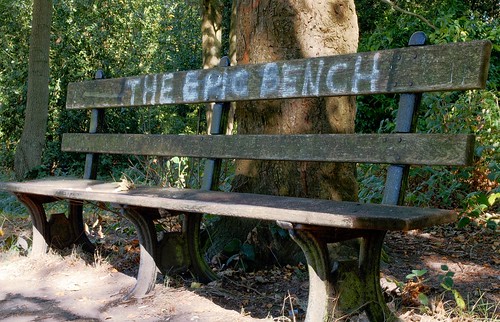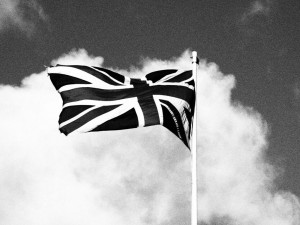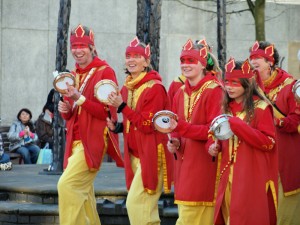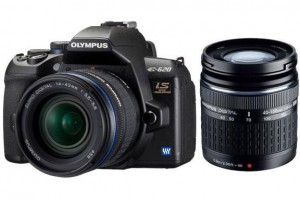
I’ve had a go at HDR (HighDynamicRange) photography. I’ve heard about for a while and recently Googled to learn more and have a go. There’s a fair amount of info on the web (including this bit now!), and loads of examples on Flickr. It seems some people don’t like it, but for some shots, it does create a high contrast wow factor, which I quite like.
I’m no expert, but here’s what I’ve found out. In short, it’s simply take at least 3 shots bracketed -2/ 0 / +2 stops. Then with some HDR software, merge them together, and twiddle with the sliders till you have the effect you’re after.
There’s more to it than that really, and here’s what I’ve found out so far, including my first HDR image.
The images should align, else when merged, the result will be blurred:
Use a tripod! (if you’re steady, then hand held is possible)
void anything that moves, unless you want blurring on purpose such as waterfalls.
Depth of Field – you should use aperture priority to ensure consistent depth of field, and manual focus too sometimes, to avoid autofocus picking different points from shot to shot.
Once you have your shots, the next thing you’ll need is software to process the images to an HDR image. It seems the most popular is Bracketing. My camera (Olympus e620) will do auto bracketing, but only 3 shots and only +-1 stop. My Googleling suggested, for the most part, that +-2 stops is better. I haven’t experimented enough with 1, 2 or even 3 stops to be able to comment properly. I’m using 2 stops if using tripod and, if I have to take shots handheld, then I use the camera’s one sop auto bracketing.
Photomatix from HDRsoft, but I stumbled across Picturenaut, a free alternative. So “Free” will do for now, until I get a feel for how this stuff works and whether I like it.
So here’s my first HDR image using Picturenaut. This bench’s graffiti caught my eye, shot sunny day, with the bench half covered by shadow from trees above and behind.
The 3 shots were taken on a tripod with -2/ 0 and +2 stops respectively, then the HDR image below that.
Feel free to comment below. I hope to report back with more HDR stuff soon.
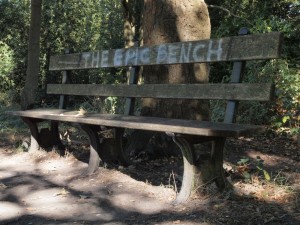 |
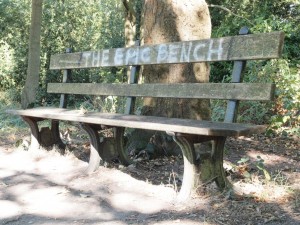 |
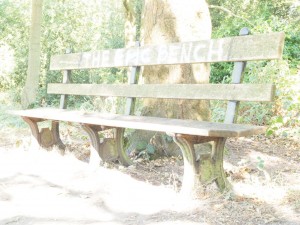 |
Here’s the finished image (on Flickr)
